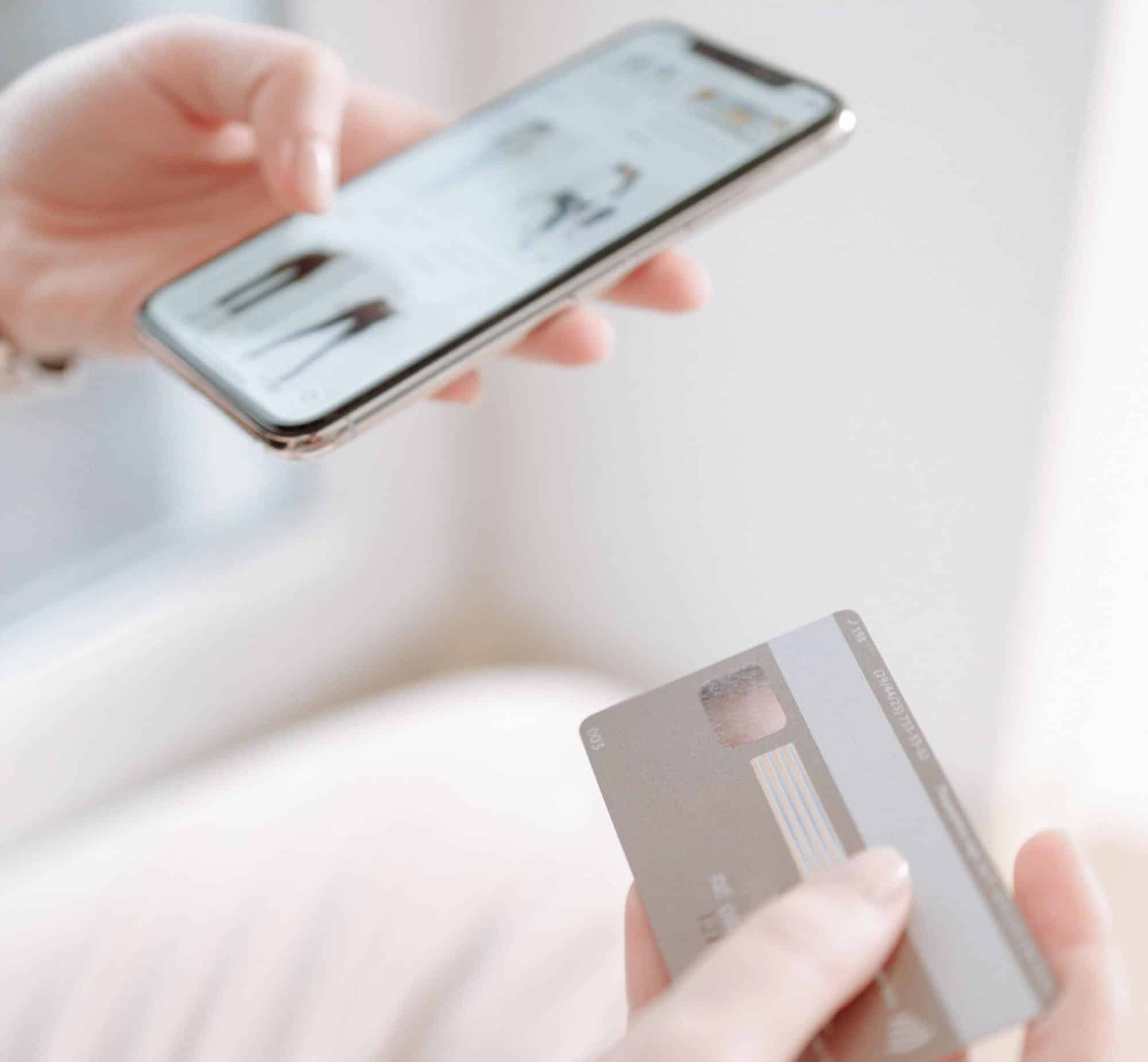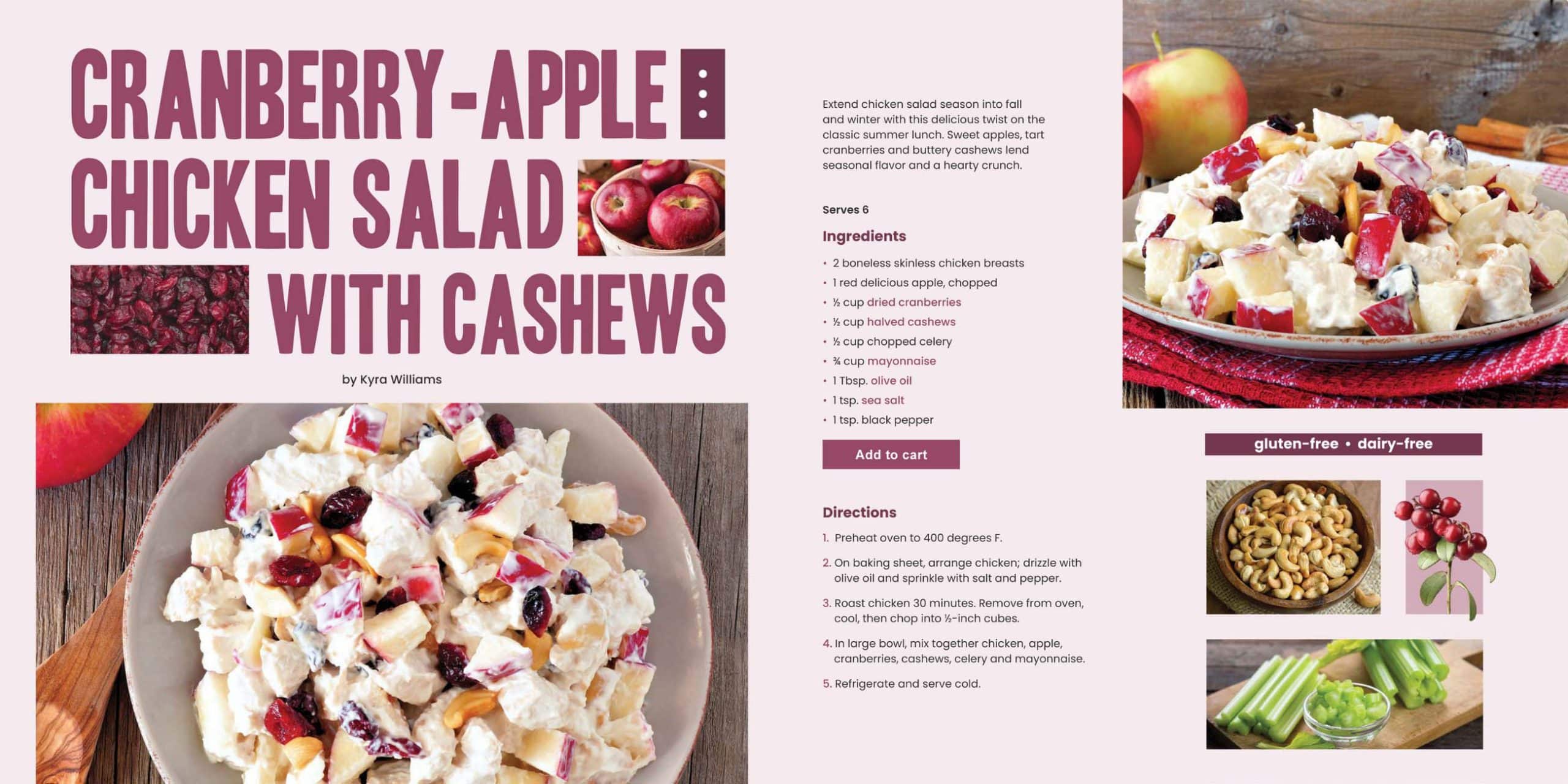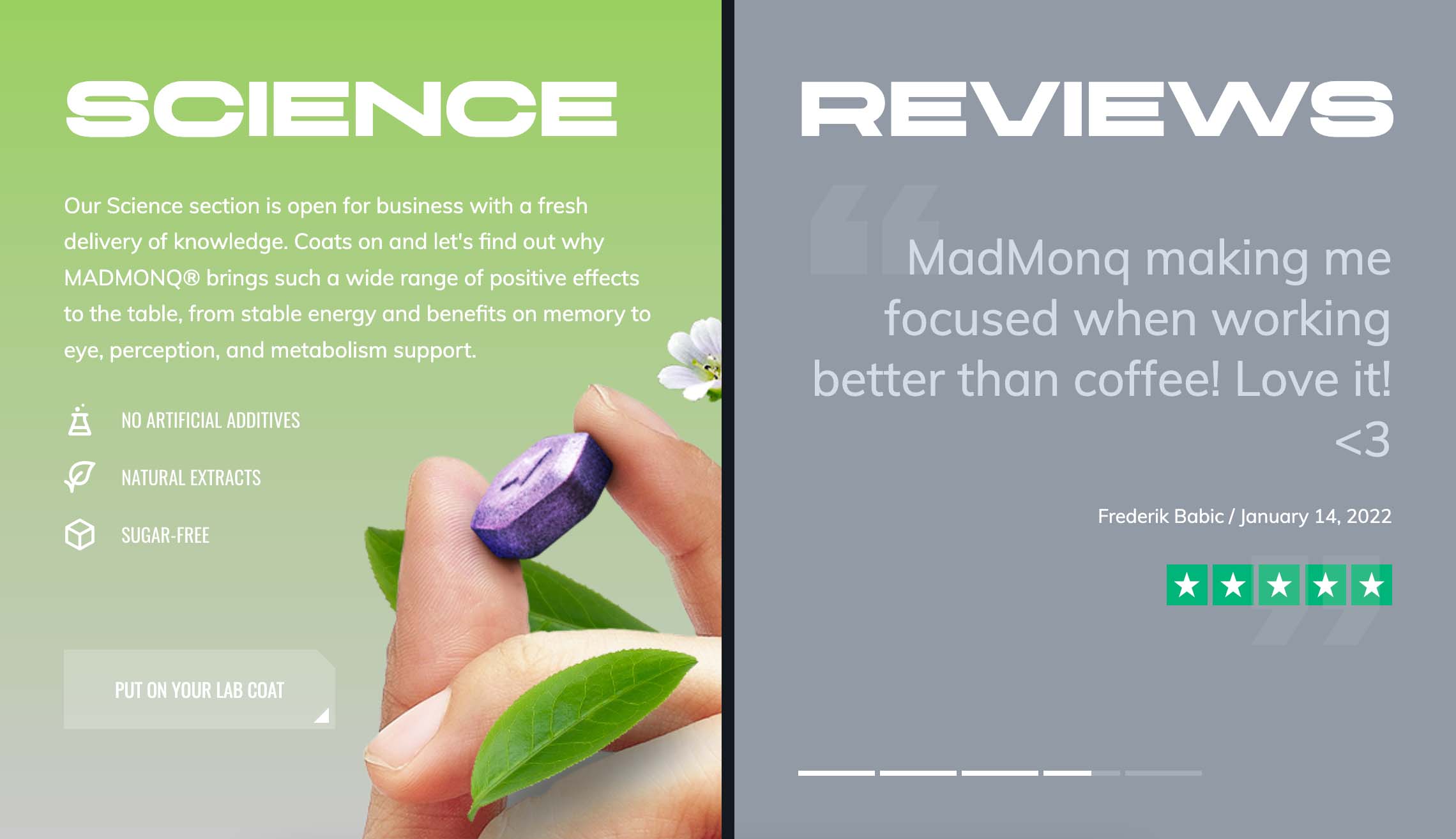Impulse buying is the buying of goods without prior planning. Often triggered by emotions, this type of unplanned buying happens on a whim and is not typically based on logical thinking.
Although impulse buying is not ideal for consumers fond of hoarding goods, it can be a great marketing tool if used to your business’s advantage. That said, eCommerce stores have a harder time generating the emotional ties to goods that commonly occur in brick-and-mortar stores.
With some careful planning, your eCommerce store can enjoy the lucrative benefits of impulse buying. The focus must be on creating delightful customer experiences with your brand to encourage this advantageous consumer behavior.
You’ll find below important information about the psychology of impulse buying, how to target impulse buyers, and learn ways to harness impulse buying psychology to increase and encourage this type of purchasing behavior in your eCommerce store.
What Are the Four Types of Impulse Buying?
- Pure: often called an ‘escape purchase’, pure impulse purchases are generated by products that trigger an emotional impulse. These products are eye-catching and evoke consumer desire.
- Suggestion: typically arising from seeing a product they have never seen before, a consumer rationalizes that they need this item.
- Reminder: this type of impulse purchase occurs when a consumer sees a product they did not intend to buy but gets the urge to stock up on.
- Planned: albeit contrary to the name, planned impulse buying typically happens in the event of a product deal or offer.
Regardless of the type of impulse buying, the result is the same. The consumer buys goods they had no intention of purchasing on that day. However, arising from a need to optimize an IT department, a SPOG (single pane of glass) would not be a usual impulse purchase example. A SPOG purchase would be classed as a researched conclusion of a common business issue.
How strongly do you agree or disagree with the following statements? “I often buy promotional items on impulse which end up going to waste”. 
The Psychology of Impulse Buying
Impulse buying generates a hit of dopamine for consumers, which is largely why it’s so addictive. Experiencing that dopamine rush during an online shopping session immediately enhances mood and positivity.
Social psychologist Wilhelm Hofmann cites that impulses arise through the activation of associative long-term memory clusters, driven by a stimulus. For example, say that a shopper walks past a shoe store. Upon viewing the stunning shoes in the window display, the shopper enters the store. The shopper proceeds to try on the shoes and experiences a rush of desire at how good they look in the mirror. The shopper heads straight to the checkout and purchases the shoes.
The shopper’s brain created cluster links that look like this:
- Oh, shoes! I like shoes.
- emembers a positive association that wearing new shoes makes them feel good.
- Imagines scenarios of wearing the new shoes and receiving compliments.
The repeated behavior patterns and positive effect of buying new shoes reinforces the shopper’s impulse buy.
To replicate this positive behavior pattern for your business, check out the following methods:
Upsell
Upsells in eCommerce are like the items next to the checkout in brick-and-mortar stores. In this instance, the most successful upsell tactics feature lower-priced goods to tempt consumers to add a little something extra to their cart. All those extras add up to a significant average order value increase for your eCommerce store.
How to make it work for your business: Group together related products that will appeal to consumers at the point of checkout. Add value to your suggestions, such as accessories to complement an outfit, or batteries for tech goods.
Use lifestyle images in your content marketing to encourage impulse buying. When customers can easily visualize an outfit, complete with accessory upsells, they’re more likely to add the suggested additional goods to their cart.

Optimize the Checkout Process
For impulse purchases to become commonplace in your online store, you must make the checkout purchase as fast and seamless as possible. Impulse shopping occurs during rushes of emotion, such as excitement or anxiety. To capitalize on those emotions, remove any obstacles in the way of the purchase to avoid losing the sale.
How to make it work for your business: Reduce the number of checkout steps, offer various payment methods, and provide a guest checkout option for minimal effort and maximum rewards.
Abandoned Cart Emails
This tactic works well for consumers in your eCommerce database. Abandoned carts are annoying, but sometimes you can turn things around. Try sending carefully timed reminder emails with plenty of your brand’s personality to entice your shoppers back to complete their impulse purchase.
How to make it work for your business: Experiment with differently timed emails. An hour or so after the abandoned cart is a good idea, as this ensures that shoppers are still excited about placing an order. In addition, try scheduling an email for the same time on the following day to see if customers stick to a routine of browsing stores online.
As part of your email experiments, be sure to A/B test CTAs to determine the most successful methods of driving consumers back online.
Free Shipping
Offering your customers free shipping is a worthwhile investment if it increases your store’s average order value. Use minimum purchase amounts for customers’ orders to qualify for free shipping, with timely reminders at typical journey touchpoints. This method encourages customers to add enough items to their cart to access the free shipping offer.
How to make it work for your business: assess your business’s average order value and set a threshold for free shipping above it.

Optimize for Mobile
Make impulse buying easy for your customers by offering ways to shop on their preferred devices. Unplanned purchases are spur of the moment, and as such are usually rushed.
How to make it work for your business: Ensure that your website is optimized for the mobile shopping experience with streamlined navigation and content that is quick to load.
Social Media
Social media is a natural vehicle for shoppable content, and is defined by Hubspot as:
“Shoppable content is a form of visual commerce in which marketers use compelling imagery with actionable purchase points or product recommendations, streamlining the conversion path from browsing to purchase.”
Social media posts enable shoppers to buy products directly from the digital content, thus increasing eCommerce sales. At the core of the shoppable content experience lies emotion, convenience, and value. All the traits that we now know are integral to impulse buying behavior. Both Facebook and Instagram embrace shoppable content, so it’s easy for your business to join the shoppable content party on these social platforms.
How to make it work for your business: include online catalogs on your website and convenient social shoppable content to encourage impulse purchases.

Social Proof
Implementing a social proof marketing strategy is a useful tool to increase your business’s impulse buying stats.
For example, consumers choosing VoIP vs landline services may be encouraged by website social proof to influence their buying decisions. Inserting social proof in pivotal areas of your customers’ buying journeys works to show buyers what people in similar situations have purchased.
How to make it work for your business: Use social proof to shorten customers’ research phases and speed up the purchasing decisions.

Free Returns
Depending on your eCommerce business model, consider offering your customers free returns. This incentive gives buyers peace of mind with their impulse purchase and positions your brand as a reputable company with great customer service.
How to make it work for your business: Firstly check that free returns are viable for your business, then work to make customer returns as seamless as possible for a good experience.
How to Target Impulse Buyers
Targeting your impulse buyer audience effectively means understanding them. Marketing strategies should include tactics to tempt consumers to buy from your eCommerce store by appealing to emotions.
Not forgetting, of course, FOMO. Fear of Missing Out is very much alive in the consumer world, and you can cash in on this phenomenon by offering limited-time deals and plenty of social proof to drive sales.
Action Task
- Why not create a list of characteristics associated with impulse shoppers? This task will highlight where your digital marketing efforts are best placed for maximum traction.
- Use social listening tools to find out what customers are saying online about their shopping habits. These are great opportunities to join the conversation and connect with potential customers and encourage impulse buys.
- Incorporate phrases into your content like “Get it before they go” and “Buy now” to boost excitement levels and encourage impulse purchases.
Why Impulse Buying Is Important
Harnessing the power of impulse buying means that you’ll need order management software for ecommerce to manage all the extra sales!
When your business makes it simple for shoppers to engage with content, discover more products, or buy an item instantly, it increases the conversion opportunities and adds value to the online shopping experience.
Which tactics will your eCommerce business explore to drive more impulse sales, and ultimately, more revenue?
For shoppable online catalogs, contact us, or sign up for our free 14-day trial here.
Author Bio:
Jenna Bunnell – Senior Manager, Content Marketing, Dialpad
Jenna Bunnell is the Senior Manager for Content Marketing at Dialpad, an AI-incorporated cloud-hosted unified communications system with the unique features of conference call on Dialpad that provides valuable call details for business owners and sales representatives. She is driven and passionate about communicating a brand’s design sensibility and visualizing how content can be presented in creative and comprehensive ways. Jenna has also written good articles for sites such as CrankWheel and LandingCube. Check out her LinkedIn profile.

